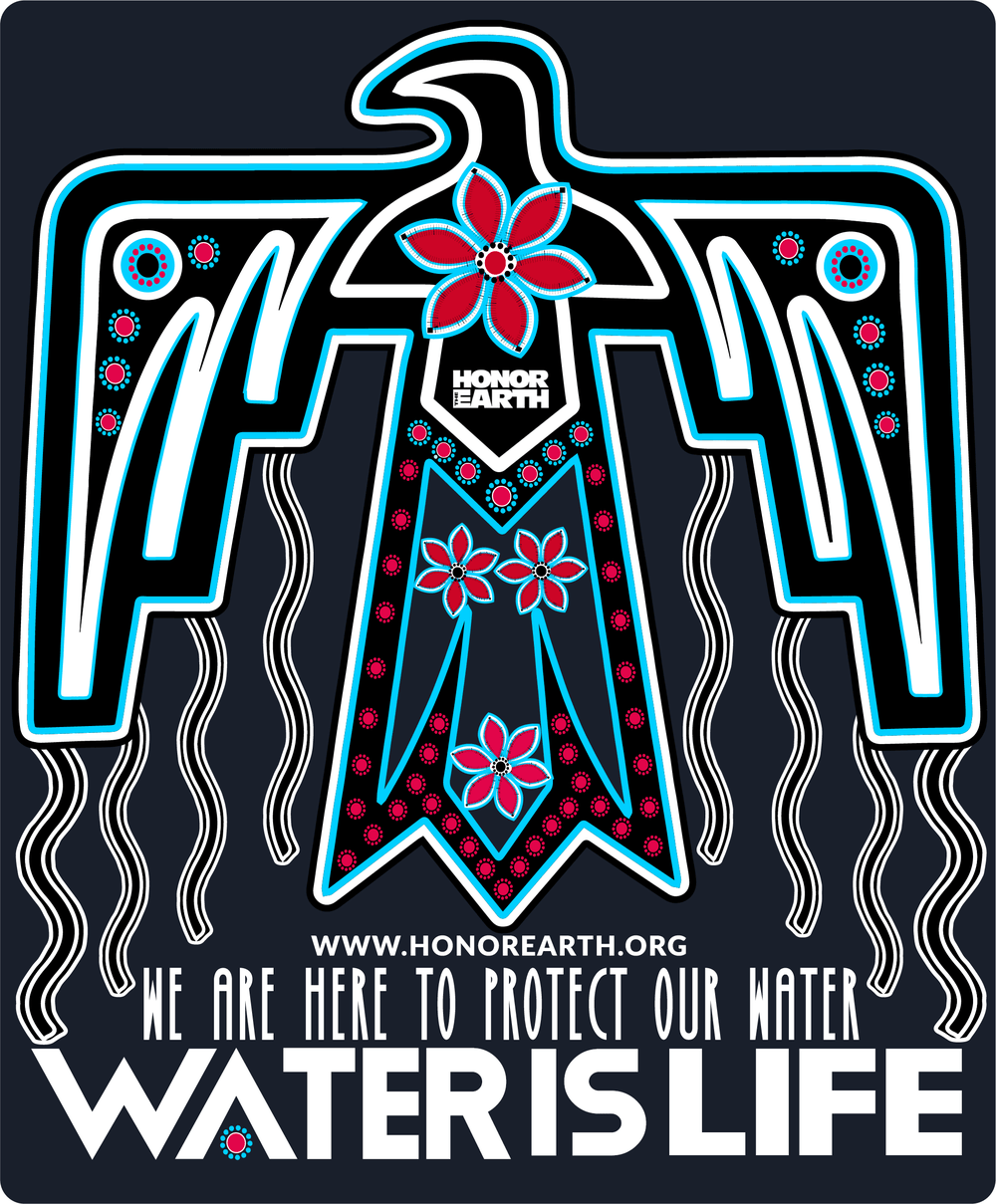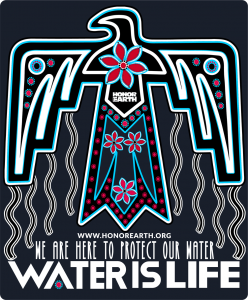
 Among the many executive orders President Biden signed on his Inauguration Day, one revoked the Keystone XL pipeline permit, a 1,200-mile crude-oil pipeline system through Canada to the U.S. that cuts through Indigenous land and multiple waterways. In Minnesota, Indigenous people have been leading the resistance of Enbridge’s Line 3 production for years, which would violate several treaties and cross 200 bodies of water including the Mississippi River twice (Honor the Earth).
Among the many executive orders President Biden signed on his Inauguration Day, one revoked the Keystone XL pipeline permit, a 1,200-mile crude-oil pipeline system through Canada to the U.S. that cuts through Indigenous land and multiple waterways. In Minnesota, Indigenous people have been leading the resistance of Enbridge’s Line 3 production for years, which would violate several treaties and cross 200 bodies of water including the Mississippi River twice (Honor the Earth).
Depending on where you live, this can be a tough topic to talk about with students because it is one that has caused division between adults. For many people living in rural areas with a depressed economy, these pipelines are a source of revenue and access because of the economic incentives the companies offer, many of which are seen as life-changing to low-income families in these areas.
For Native Americans, it is not only an issue of upholding treaties signed over 150 years ago, but it is about protecting the land and water. Water is sacred. It provides sacred food, such as wild rice. Just one pipeline leak or rupture is devastating, whether it’s a spill like the Keystone XL spill of nearly 400,000 gallons of crude oil in North Dakota in October 2019 or the continuous small drips that happen all the time Many pipelines have been laid through or around reservation land or waterways, putting land and water at risk when the pipelines become old and deteriorate or are damaged.
As educators, it is important to provide students with the facts and perspectives from all sides of an issue, so we can teach children/youth to think critically, analyze information and its sources, and consider multiple perspectives. As equity-minded, Anti-Bias Educators, we must elevate and amplify the voices and interests of those that have been most harmed by a long history of government policies and business practices that have served to marginalize and erase Indigenous culture, sovereignty, and peoples.
Many groups have adopted Indigenous land acknowledgments as part of their practice in order to further understand the history of a place and acknowledge their place in that history and what brought them there. Remember, that having an Indigenous land acknowledgment means a commitment to decolonization, which means you commit to prioritizing the interests of the very Indigenous people you acknowledge. Anti-Bias Educators who practice land acknowledgments have the responsibility to continue the conversations with their students about current issues, such as pipelines, but also other aspects of Native American history, culture, and identity.
Check out the elementary-age lesson for our highlighted book, We Are Water Protectors. The lesson also includes resources for talking about this topic with older students. As you teach this topic, provide sources from multiple perspectives and encourage critical thinking with an Anti-Bias Education mindset. As writer and educator Clint Smith mentioned in his 2014 TED Talk, The Danger of Silence, it’s important that we create brave spaces where students can find their voice and expect them to “read critically, write consciously, speak clearly, and tell their truth.” We must model healthy communication and relationship skills, which are needed perhaps now more than ever. Teach students to listen to and engage in conversation about difficult topics, even with folks who hold views and beliefs that may be vastly different than their own. Lastly, keep in mind what Biden’s Executive Order means for Indigenous people and the future of clean water, and as an equity-minded, Anti-Bias Educator, consider how you might elevate and amplify the voices of Indigenous Water Protectors.
Resources:
Honor The Earth, www.honorearth.org/.
“The Danger of Silence.” YouTube, uploaded by TED. 15 Aug. 2014, https://youtu.be/NiKtZgImdlY.